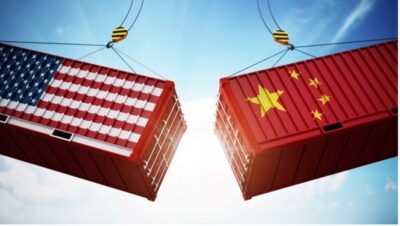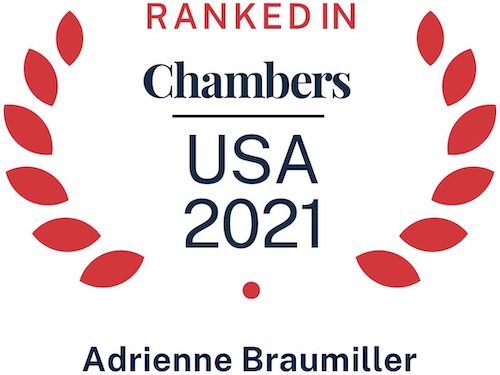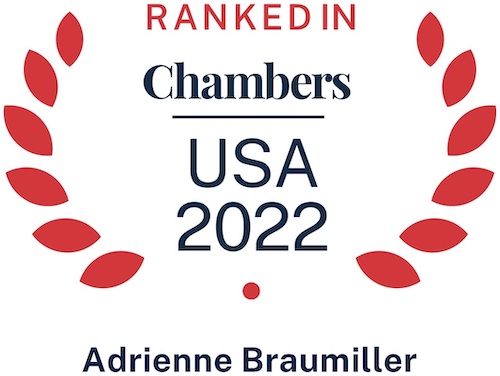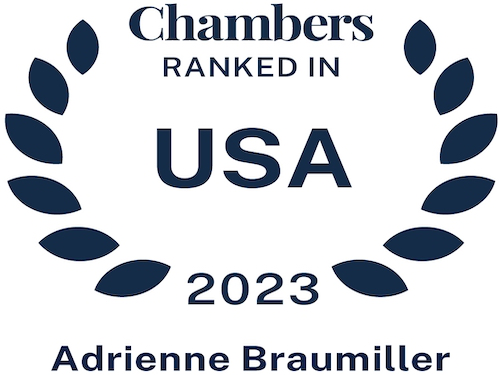U.S.-China Trade Relations: An Update on Tariffs
By: Brandon French, Senior Associate Attorney and Olivia Van Pelt, Law Clerk, BLG
Since Trump’s first term, tensions between the United States and China, the world’s two largest economies, have been on the rise. President Trump ran for his second presidential term on a promise to reduce reliance on China – and promise kept. In one of his first Presidential actions, President Trump issued an “America First Trade Policy” memorandum dedicating an entire section to trade relations with China.[1] Since then, several tariffs have been imposed on Chinese goods and the duty-free de minimis treatment for goods valued at $800 or less ended. In April, the tension reached its peak, as escalating tariffs on both sides brought the two nations to the brink of a full-scale trade war.
On April 2, 2025, President Trump imposed a 34% reciprocal tariff on all Chinese goods to rectify trade practices that contribute to large and persistent annual United States good deficits.[2] As expected, China retaliated with its own tariff increases on American goods. In response to China’s retaliation, President Trump increased the reciprocal tariff on Chinese imports to 84% on April 8, 2025, and 125% on April 9, 2025.[3]
After a lot of back-and-forth, the United States and Chinese governments met in Geneva, Switzerland, to reach an agreement to begin deescalating tariffs on May 14, 2025.[4] After the meeting, the two governments issued a joint statement recognizing “the importance of a sustainable, long-term, and mutually beneficial economic and trade relationship.”
The United States suspended the original 34% reciprocal tariff imposed on April 2, 2025, for 90 days, until August 12, 2025. However, a reduced tariff of 10% will remain during the pause. The Trump Administration said, the 10% tariff sets “a fair baseline that encourages domestic production, strengthens our supply chains and ensures that American trade policy supports American workers first, instead of undercutting them.” Moreover, the additional tariffs imposed on April 8, 2025, and April 9, 2025, were removed.
Nevertheless, all duties imposed on China prior to April 2, 2025, still apply including Section 301 tariffs, Section 232 tariffs on steel and aluminum, Section 232 tariffs on automobiles and automobile parts, tariffs imposed in response to the fentanyl national emergency invoked pursuant to the International Emergency Economic Powers Act (IEEPA I), and Most Favored Nation tariffs.
China suspended the initial 34% tariff on the United States, announced on April 4, 2025, for 90 days, until August 12, 2025. Similarly, a reduced tariff of 10% will remain in effect during the pause. Moreover, the additional retaliatory tariffs announced on April 9, 2025, and April 11, 2025, were removed. Furthermore, China agreed to “adopt all necessary administrative measures to suspend or remove the non-tariff countermeasures taken against the United States since April 2, 2025.” These measures included new export restrictions on rare earth minerals, adding United States defense and tech firms to the Export Control List and Unreliable Entity List, initiating an antidumping investigation, and suspending imports of certain United States’ agricultural products from specific exporters.
Under the agreement reached in Geneva, the United States significantly slashed tariffs on Chinese imports. However, businesses that import from China are still particularly vulnerable to the second Trump Administration’s aggressive trade strategy. Although the President aims to encourage domestic manufacturing through tariffs, most businesses cannot afford the initial investment costs in relocating production and will likely continue to rely on goods made in China. Luckily, there are proactive strategies importers of Chinese-origin goods can take to minimize the impact of tariffs. For example, reducing transportation costs and prioritizing documentation will help enhance profitability and ensure compliance. Moreover, the current 90-day pause is a good time for businesses to establish a system for managing inventory and lock in long-term contracts with foreign suppliers. Furthermore, even if a full relocation is not feasible, diversifying the supply chain can lessen reliance on the Chinese market and enhance overall resilience. Additionally, businesses should seek professional advice to navigate complex trade regulations and adapt to the evolving global trade landscape.
For additional inquiries, feel free to reach out to Brandon French at brandon@braumillerlaw.com to discuss the Trump tariffs in more detail.
[1] https://www.whitehouse.gov/presidential-actions/2025/01/america-first-trade-policy/?utm_source=wh_social_share_button
[2] https://www.whitehouse.gov/presidential-actions/2025/04/regulating-imports-with-a-reciprocal-tariff-to-rectify-trade-practices-that-contribute-to-large-and-persistent-annual-united-states-goods-trade-deficits/?utm_source=wh_social_share_button
[3] https://www.whitehouse.gov/presidential-actions/2025/04/modifying-reciprocal-tariff-rates-to-reflect-trading-partner-retaliation-and-alignment/
[4] https://www.whitehouse.gov/briefings-statements/2025/05/joint-statement-on-u-s-china-economic-and-trade-meeting-in-geneva/
https://www.braumillerlaw.com/author/brandonfrench/
https://www.braumillerlaw.com/author/olivia-van-pelt/



























